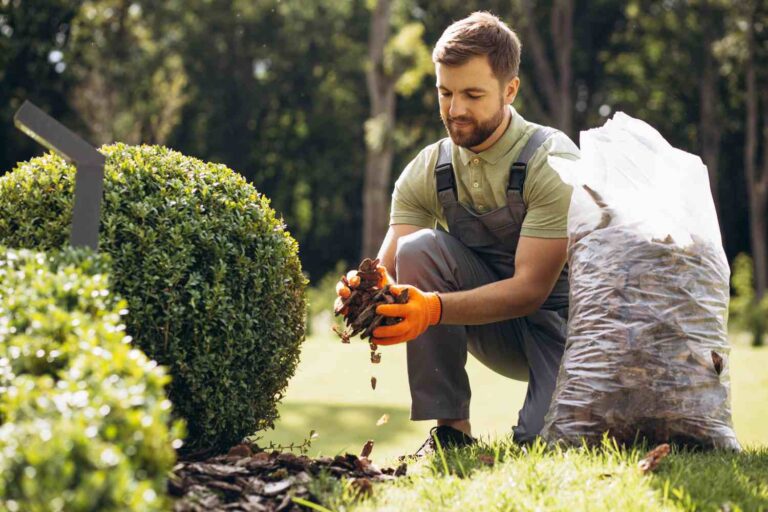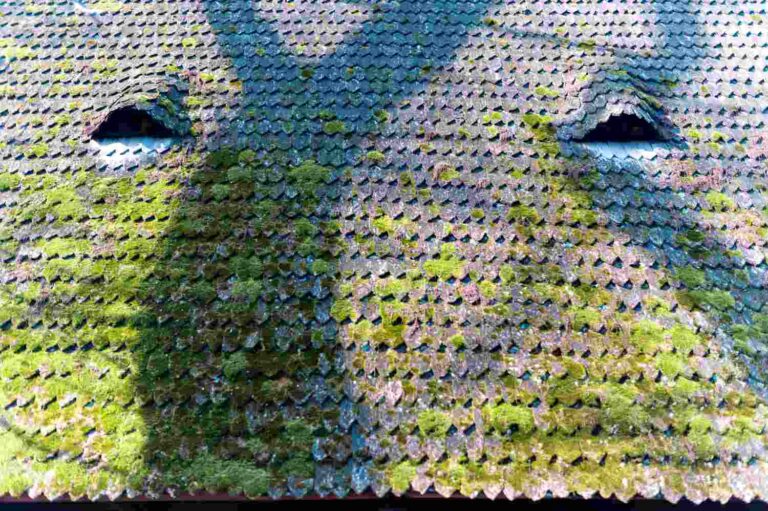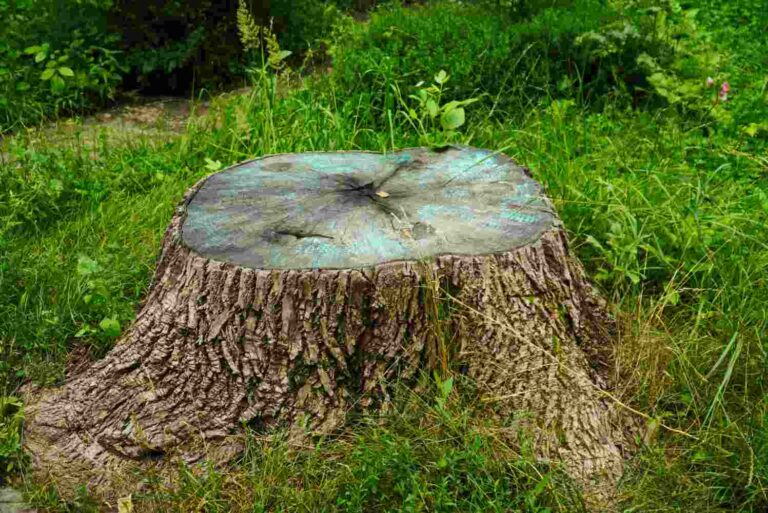- 17 September 2024
- 4 min read
Cost of revamping your garden

Table of contents
Determining the scope of your garden revamp
Determining the scope of your garden revamp involves assessing your needs, preferences, and budget. Start by identifying key features you want, such as patios, decking, water features, or new planting schemes. Consider the size of your garden, desired style, and functionality. Consult with a landscape designer to develop a detailed plan. Factor in necessary groundwork, materials, labor, and any additional features like lighting or irrigation systems. A clear scope helps set realistic expectations and ensures a cohesive, well-executed garden transformation.
Breakdown of typical garden revamp costs
A typical garden revamp in the UK can vary in cost, but here’s a general breakdown:
- Design fees: £500 – £2,000 for a landscape designer.
- Lawn re-turfing: £5 – £10 per square meter.
- Planting: £500 – £2,500 depending on the variety and quantity of plants.
- Patio installation: £50 – £100 per square meter.
- Decking: £70 – £150 per square meter.
- Fencing: £20 – £50 per meter.
- Water features: £500 – £3,000.
- Outdoor lighting: £500 – £2,000.
- Miscellaneous: £500 – £2,000 for additional features and unexpected costs.
Total costs can range from £1,000 for basic updates to over £20,000 for high-end makeovers.
Planting new flowers and shrubs
Planting new flowers and shrubs can greatly enhance the revamp your garden. Costs typically range from £500 to £2,500, depending on the variety and quantity. Choose plants suited to your climate and soil conditions for best results. Professional planting services ensure proper placement and care, promoting healthy growth and long-lasting beauty. Investing in diverse, well-chosen plants can transform your garden into a vibrant, appealing space.
Installing new features – e.g., pathways, water features, etc.
Installing new features like pathways and water features can significantly enhance your garden’s aesthetics and functionality. Pathways typically cost £50 – £100 per square meter, while water features range from £500 to £3,000, depending on complexity. These additions not only create visual interest but also improve accessibility and tranquility. Professional installation ensures quality and durability, transforming your garden into a beautiful, functional outdoor space. Investing in such features adds value and enjoyment to your property.
Costs of garden furniture and accessories
The costs of garden furniture and accessories can vary widely. Basic sets of tables and chairs start around £200, while high-end options with durable materials and stylish designs can exceed £1,000. Accessories like cushions, umbrellas, and lighting typically add £100 – £500. For additional features such as fire pits or outdoor kitchens, expect to spend between £300 and £2,000. Investing in quality furniture and accessories enhances comfort and enjoyment, creating a welcoming outdoor living space.
Cost-saving tips for garden revamp
To save costs on a garden revamp, consider these tips:
- DIY tasks – handle simple tasks like planting or painting yourself.
- Reuse materials – repurpose existing materials and furniture.
- Seasonal sales – buy plants and materials during off-season sales.
- Local sourcing – purchase locally to avoid delivery fees.
- Simple designs – opt for straightforward designs to reduce labor costs.
- Phased approach – spread out the project to manage expenses over time.
These strategies can help you achieve a beautiful garden without overspending.
DIY vs. hiring a professional landscaper
DIY gardening can save money and offer personal satisfaction, but it requires time, effort, and knowledge. Hiring a professional landscaper ensures expert design, quality work, and efficient project completion. Landscapers can handle complex tasks, provide creative solutions, and source materials at better rates. For large or intricate projects, professionals often deliver better long-term value and aesthetic results. Consider your budget, skills, and project scope when deciding between DIY and professional help.
Maintaining your revamped garden
Maintaining your revamped garden ensures its lasting beauty and health. Regular tasks include watering, weeding, pruning, and fertilizing. Seasonal maintenance, like mulching and protecting plants from frost, is crucial. Invest in quality tools and consider hiring professional gardeners for periodic deep maintenance. Regular inspections help catch issues early, preserving your garden’s vitality and appearance. Consistent care keeps your garden thriving, providing a beautiful, relaxing outdoor space year-round.
When to hire a professional gardener?
Hire a professional gardener when your garden requires specialized care, such as pruning large trees, treating pest infestations, or maintaining complex landscapes. Professionals are also valuable for seasonal tasks like planting, mulching, and winterizing. If you lack time, knowledge, or the right tools, a gardener ensures your garden stays healthy and attractive year-round. For large projects or ongoing maintenance, hiring a professional can save time and deliver better results especially in complete revamping of garden.
You might be interested in...
- Building advice
- Gardening advice

17 September 2024
Using copper and zinc strips for moss control
Copper and zinc strips are effective methods for controlling moss growth on roofs. When rainwater interacts with these metals, it releases ions that inhibit moss development. Installing strips along the roof ridge allows these ions to wash down and protect the surface below. This method is eco-friendly and reduces the need for chemical treatments, making it a popular choice for long-term moss management.
- Gardening advice

17 September 2024
How to remove a tree stump?
How to pull a stump? It can be a challenging task, but with the right approach, it can be managed effectively. One common method is to use a stump grinder, which mechanically grinds the stump down into wood chips. Alternatively, you can apply a chemical stump remover to accelerate the decomposition process. This involves drilling holes into the stump and pouring the chemical in to break down the wood. For a more natural approach, you can cover the stump with soil or mulch to encourage fungal growth, which will gradually decompose the wood. Regardless of the method, patience is key, as stump removal can take time.